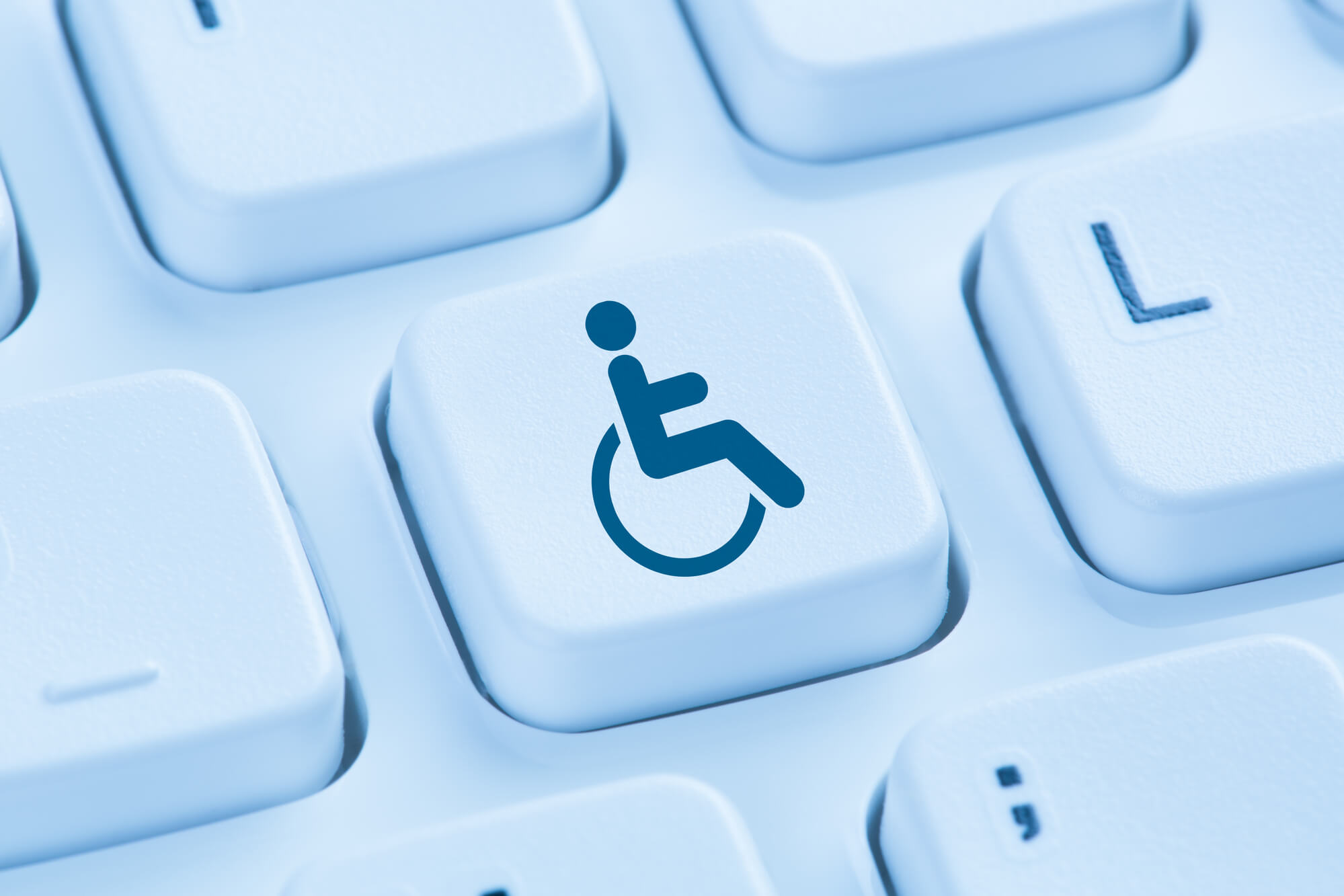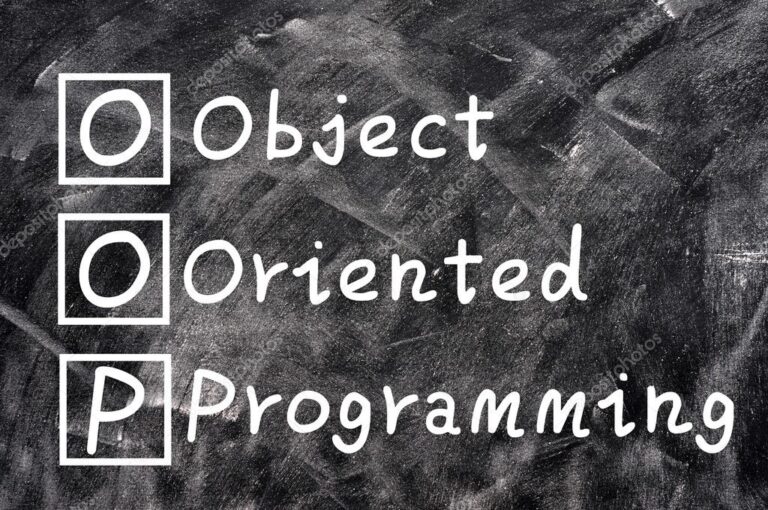Only in the last decades even the phrase “accessibility” has changed its scope has expanded and now it just doesn’t discuss the problems that people with disabilities have, but it takes into cut account general usability and the experiences of all users. In the past web, developers had a limited scope of whom they were creating their web pages for. This is a now changed as now websites are mandated to take into consideration making web pages easily understandable and meaningful to anyone that has a means to access them.
Up until recently, accessibility was just a buzzword that allowed for greater traffic flow as it opened up the venue to larger audiences. However, this took a lot of extra work on the developer’s part and required additional support. So, it was allowed to languish on the back burner or on the bottom of everyone’s todo list. This is no longer the case, as the Internet has changed.
Yes, Virginia/Victor you now must make your websites accessible to everyone…
At the end of 2015, the W3C organization promulgated a set of guidelines called the “Web Content Accessibility Guidelines” (WCAG) 2.0. Inside this document were the criteria of what was needed and who was to implement it along with what level to do so. The WCAG 2.0 guidelines can be summed up in four words: Perceivable, Operable, Understandable, and Robust (POUR).
Today web developers and designers are required to take into consideration the contents and implement the POUR principles into every web page and website they create. By following these guidelines, it ensures that Internet sites and their web pages are accessible to everyone no matter where they are. To make this even clearer we will state it simply, that starting now, any new website that is being created must be accessible.
Existing websites will have between 1 to 3 years to become accessible. If this is not done the website, owners will be susceptible to legal action taken against them by users who are unable to access their web pages. This type of litigation is similar to what was seen during the 70s and 80s when various building owners were sued because they did not provide access to their buildings for the mobility challenged.
What are the levels of implementation?There are three levels of conformance for making a website accessible:
- Level A– basic web accessibility touch ups.
- Level AA– Addressing the most common barriers that hold up and influence handicapped users.
- Level AAA– the highest and most complex level of accessibility, which follows the strictest interpretation of the criteria outlined in the POUR document.
So, to all developers out there today, we strongly recommend that you take a look at your web pages and websites and implement the A level criteria ASAP. From there you need to move into the AA level. Finally, going to the AAA level should be implemented as feasible to prevent loss of revenue due to boycotts and facing legal action from its user community.
Your Dream Website Awaits!
A bit of criticism on our part
While the guidelines are indeed, a great step forward in allowing people to access the Internet. However, when attempting to implement the criteria and even though we wish to follow it. There are many difficulties when attempting to understand the technobabble & legalese with which the document is written. The explanations are overly complicated and difficult to understand. This is even more evident when you attempt to implement the AAA criteria into actual practice. It is hoped that the W3C will take it upon themselves to take the document and rewrite it in a form that can be understood and implemented much easier by the web developer community.
Important criteria to start with
Images
One of the first things you need to address is the use of pictures as eyesight problems can prevent people from seeing them. For this, you need to add “Alt” and “Title” attributes to all images you’re putting into your web pages. If you are using WordPress, you can also use the “Description” attribute as well.
Video/Audio
subtitles need to be added so people with hearing disabilities can enjoy them too. This will be a very serious impact on YouTube and Amazon’s twitchTV or any other site that uses embedded videos.Links- make sure is possible to navigate any links on your web pages using the keyboard (TAB and SHIFT+TAB) and that there is a focus when a link is marked. This will help those with sight impediments or motor problems who have difficulty in using a mouse to be able to use their keyboard.
Text
for those with I decide impairments and have trouble reading your text, you should give them the ability to increase or decrease the font size. This should be done in a way that allows them to increase the original font size to at least 2 times the current one that you’re using for normal text. Another thing you might want to consider is changing the font itself that makes it more easily legible.
Website’s color
provide the medicine with the ability to change website colors, contrast, and brightness. For example, some people find it easier to read a web page on a reverse screen where the letters are white on a gray or black background.
Web standards
use both HTML and CSS strict markup semantics when you develop your websites and web pages. In this manner screen readers, will tell the users precisely whether there reading a headline, table, list, and any other element that you’re using. This is very important that people are using electronic reading devices such as the visually impaired.
If you are developing using WordPress, you are in luck as most of the accessibility features are available as plug-ins and this simplifies the process of you becoming compliant with the minimum amount of effort.
Ok, so now what ?
We’ve only scratched the surface for you of what you need to do and we recommend that you read the full version of WCAG 2.0 documentation yourself and perhaps you might want to download it as well. You will also find on our website, download this website’s accessibility check list, and begin implementing the different levels of criteria that we have in it on your website and web pages.
Finish the process with accessibility declaration
Last but not least, you can add a web “Accessibility Declaration” on to your website after you’ve implemented the POUR recommendations from the WCAG 2.0 document. You should post some form of notification that you have done so and at what level you are currently at.
Also in your accessibility declaration, there are some other things that you should include are the following:
- What platforms and operating systems your website was tested on
- What you have done that make your website more accessible
- Guidelines for the usability of your website for handicapped Netizens
- How to contact someone from your site in the event of an accessibility concern
If you like, you may use our website’s accessibility declaration as a template to work from.
Some content writers believe that people who visit their site understand their websites accessibility declaration. Unfortunately, many of these people right the declaration in legalese and most people on the web today cannot make heads or tails of what they are trying to say. Therefore, instead of trying to talk like a lawyer put everything into plain English and at the bottom put a contact email in case they are having difficulty understanding exactly the meaning you’re trying to convey. In this age of litigation-crazed individuals, you want to provide accessibility as well as protect yourself from legal action and lawsuits.
While it is not mandatory to add an accessibility declaration to your web pages it is better to be safe than sorry and someone or their lawyer will be looking forward as a bone of contention should they run into any accessibility issues.
Final thoughts
The world just got more complicated for site owners and web developers. It used to be you threw up a web page and you were in business. Now with the W3C attempting to become politically correct and please everyone has thrown a monkey wrench into your carefully thought out website. Some people consider this a form of censorship. This forces many websites to shut down due to the high cost of implementing the WCAG 2.0 Guidelines.
However, if you wish to do business on the Internet, You need to comply. Even now, the developers of the various languages are attempting to make products for web developers have the necessary support to implement these guidelines. But, we’re not there yet and it is up to you to exercise your due diligence. You need to protect yourself and your clients as well. Because if your websites that you have created for your customers are sued or go to court. You can expect that you will be having your day in court as well for not implementing POUR in your web products as well.


























